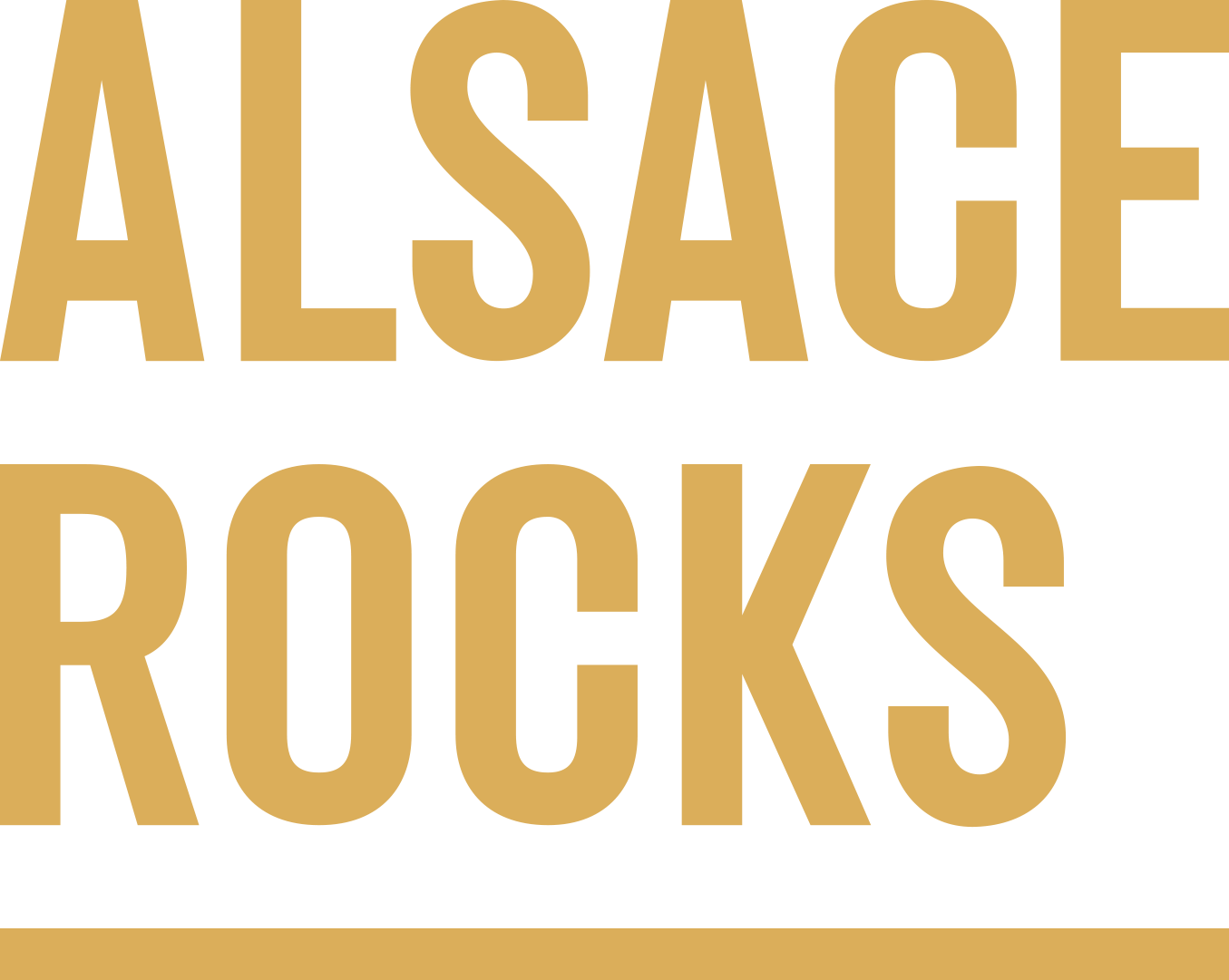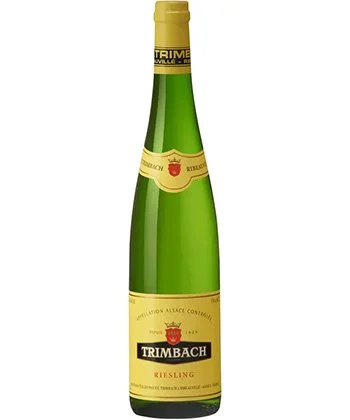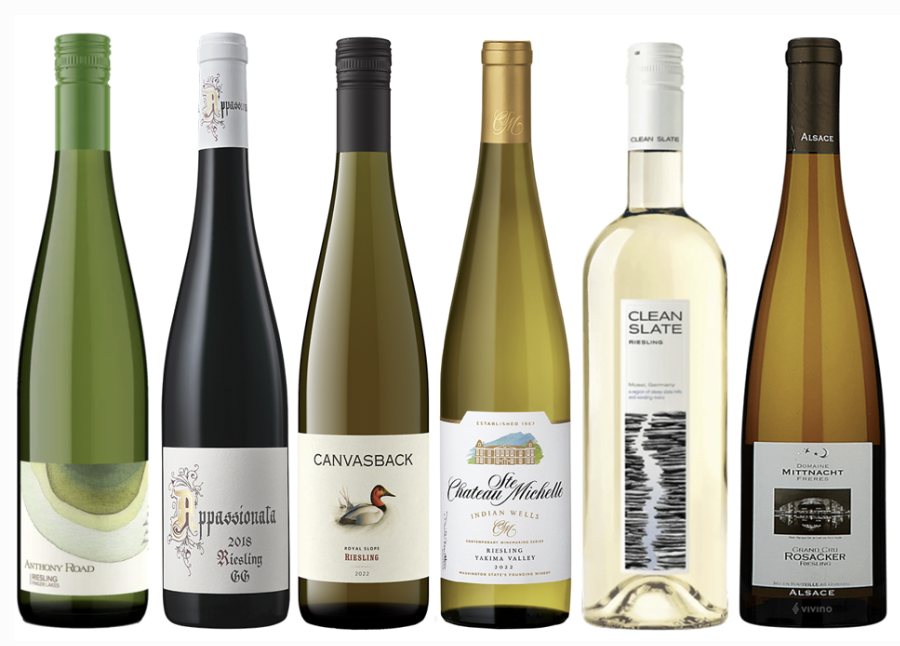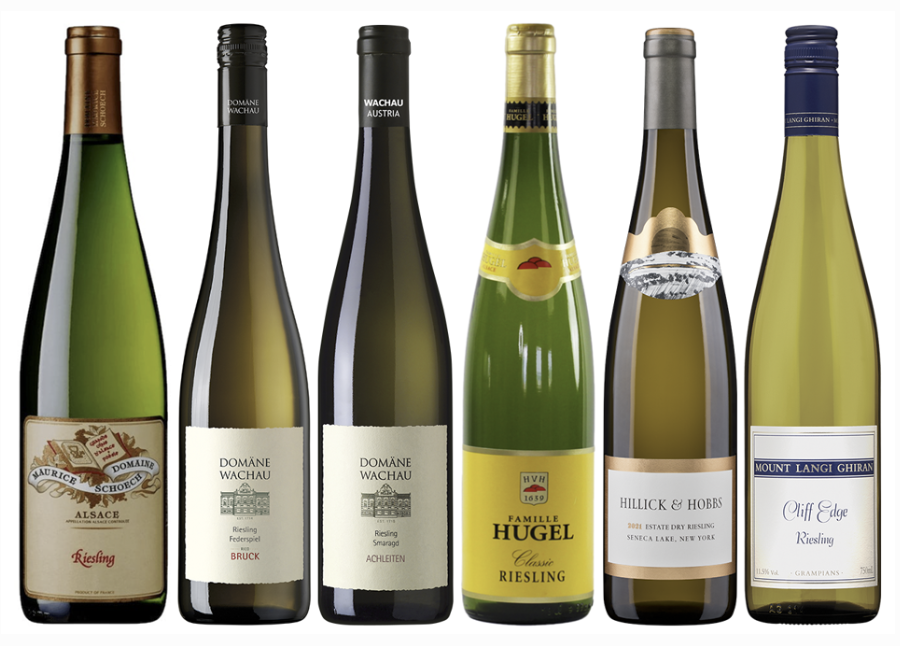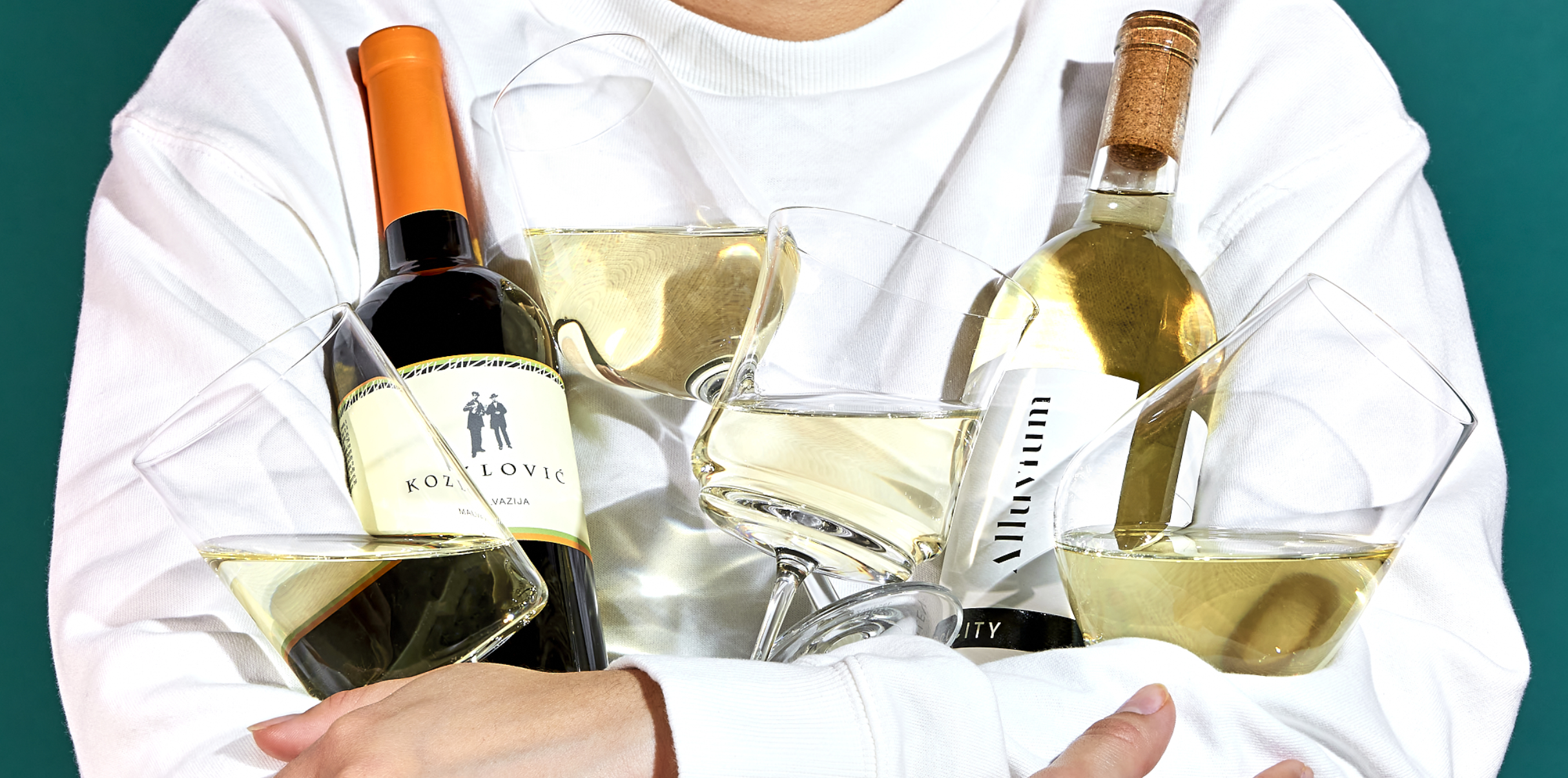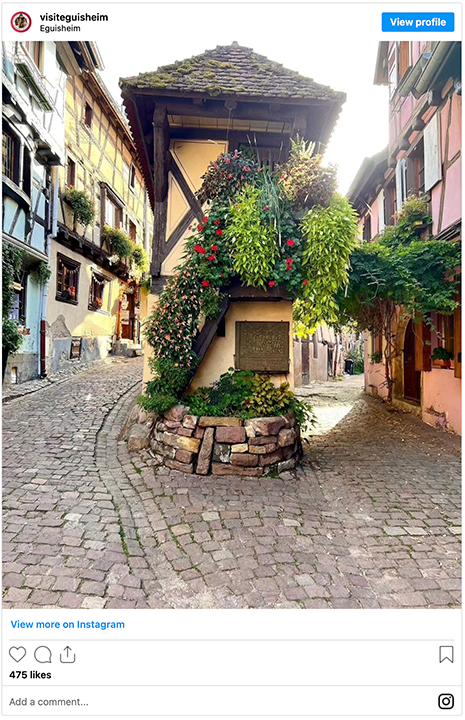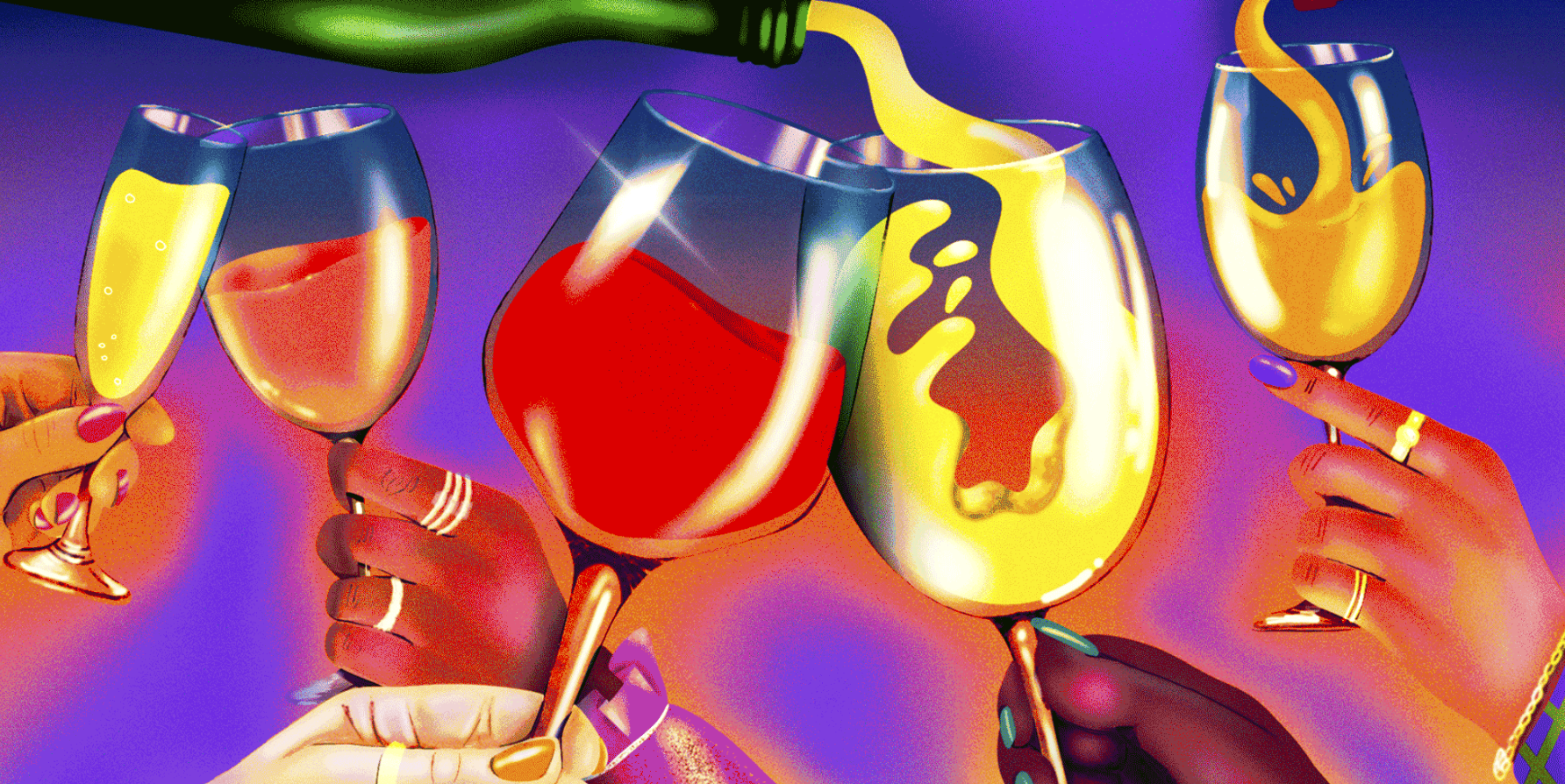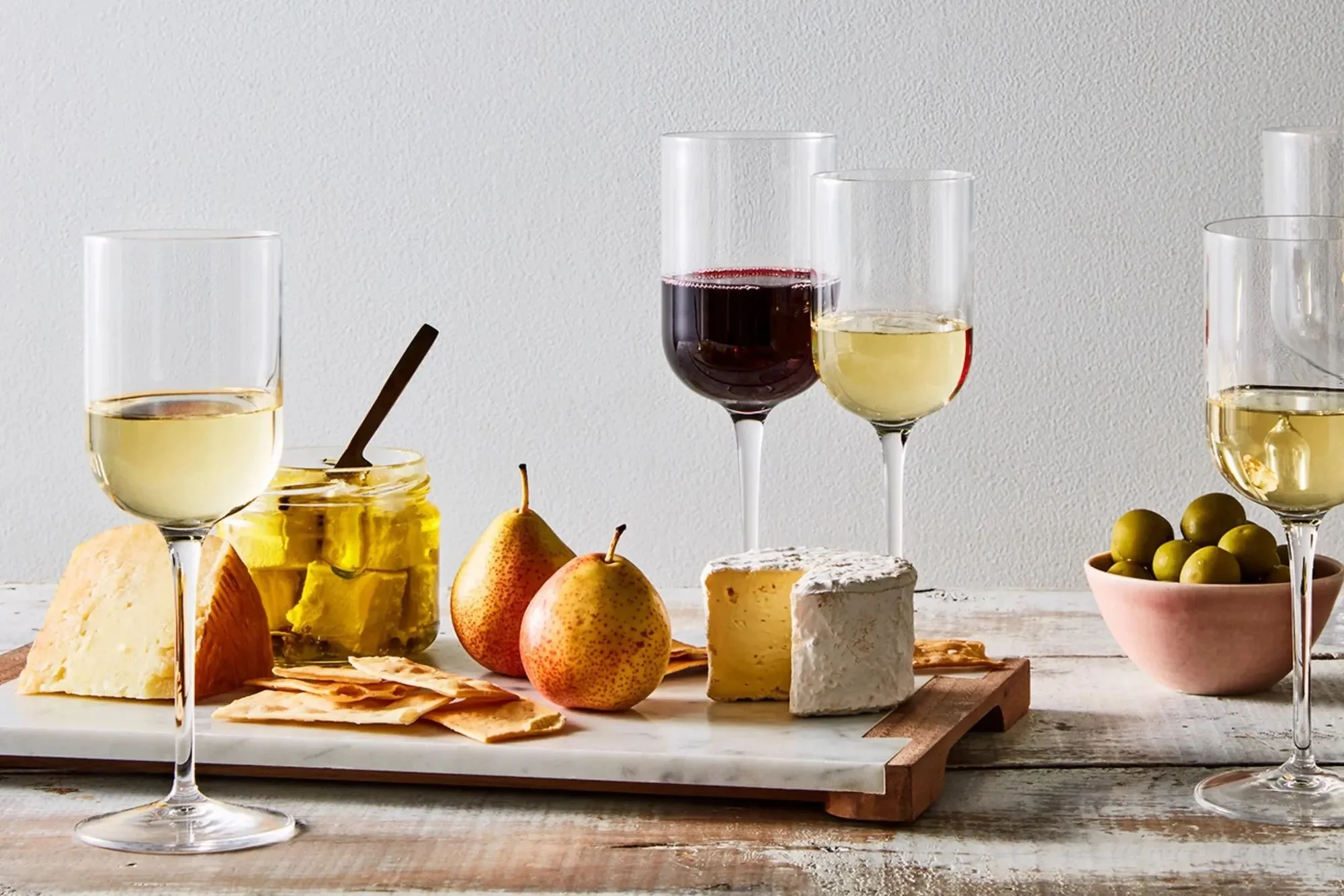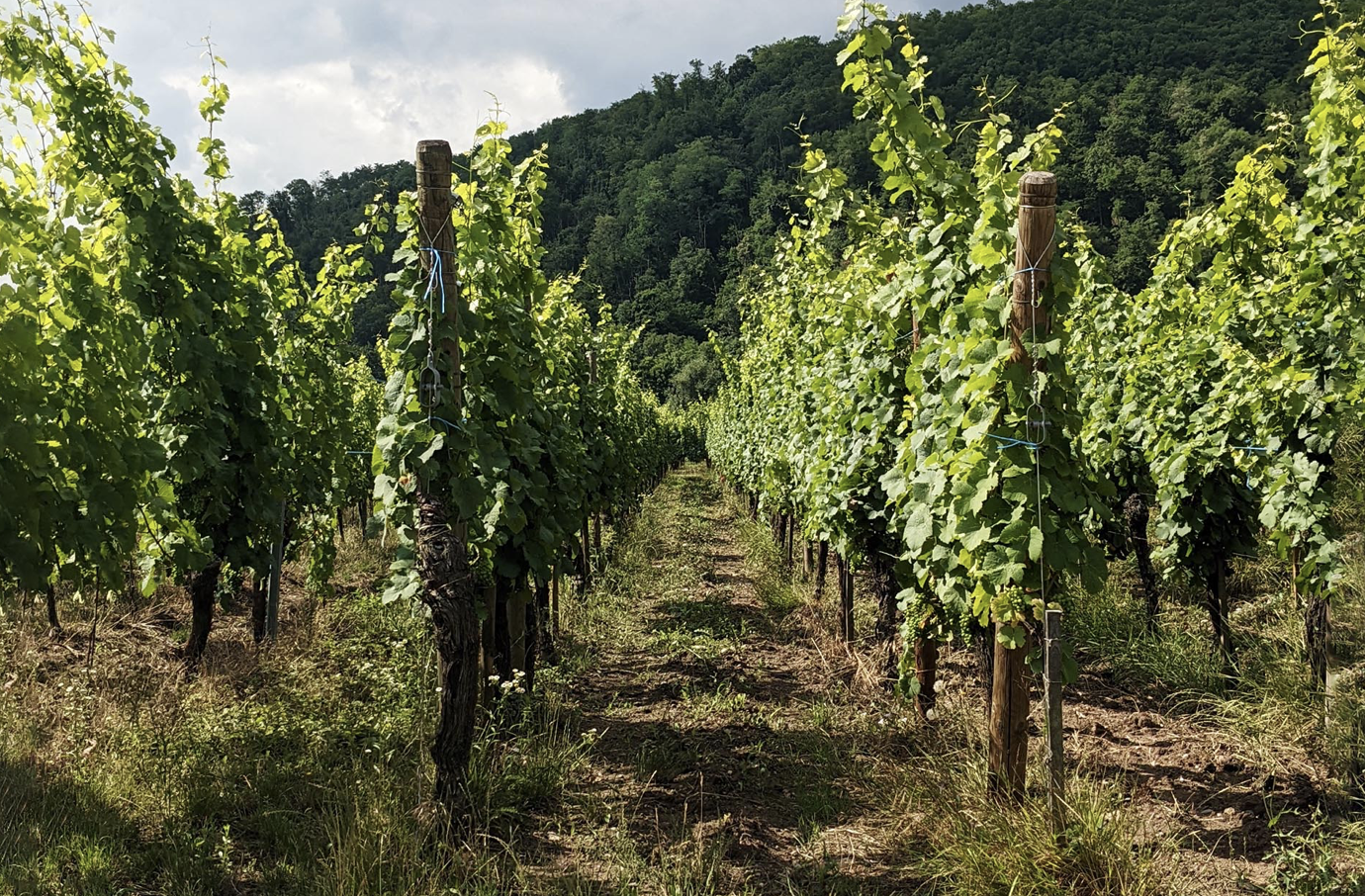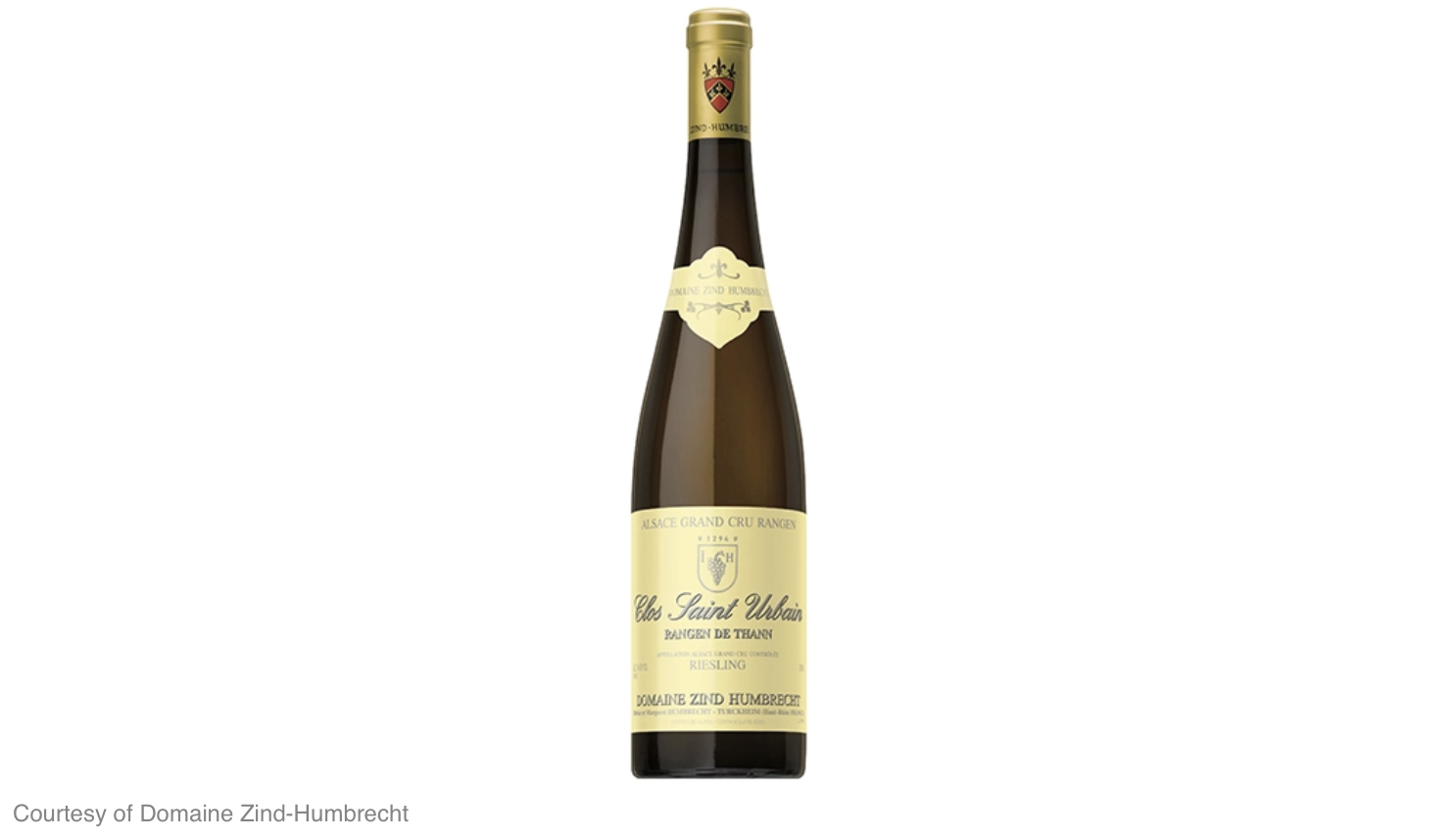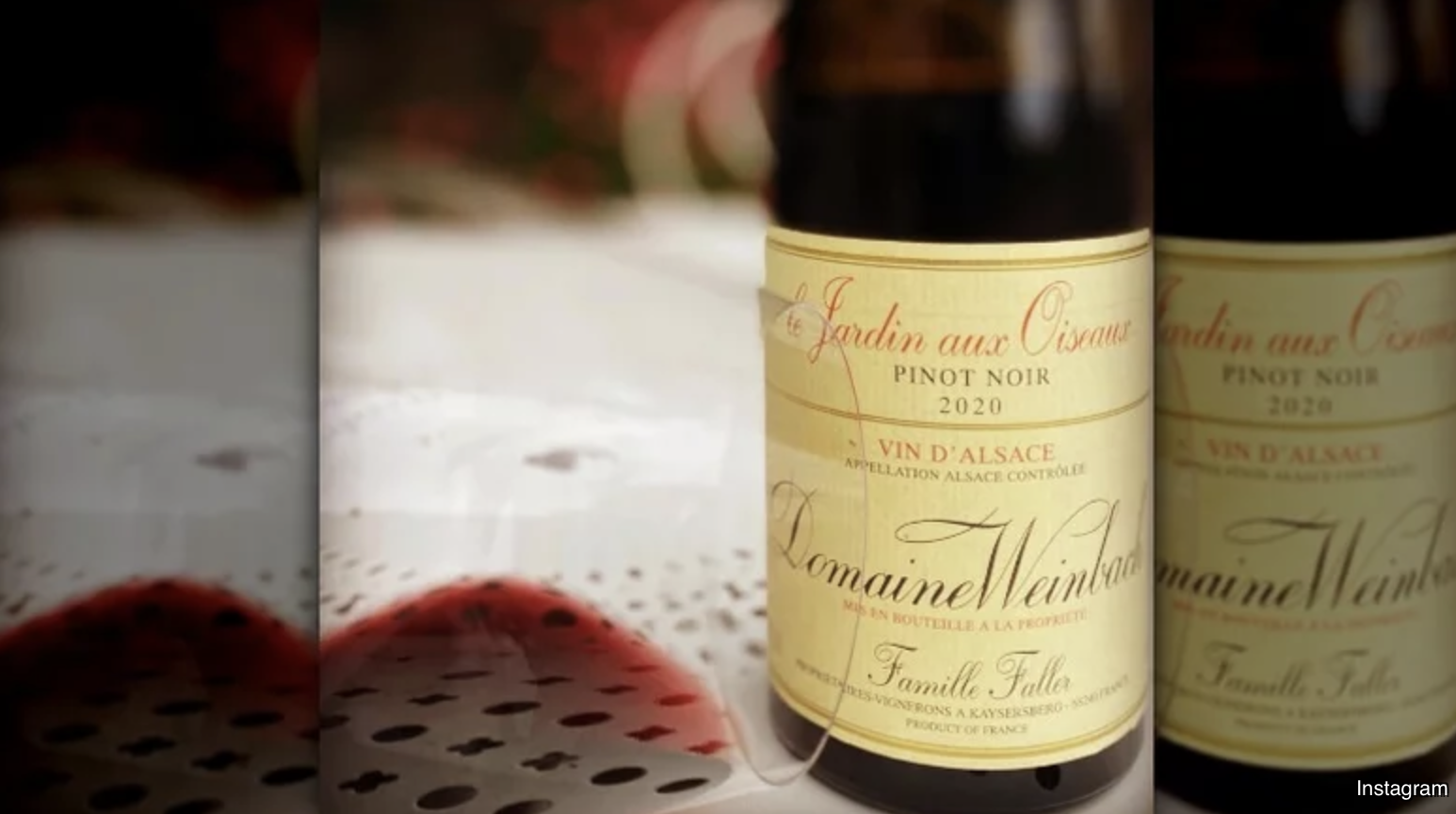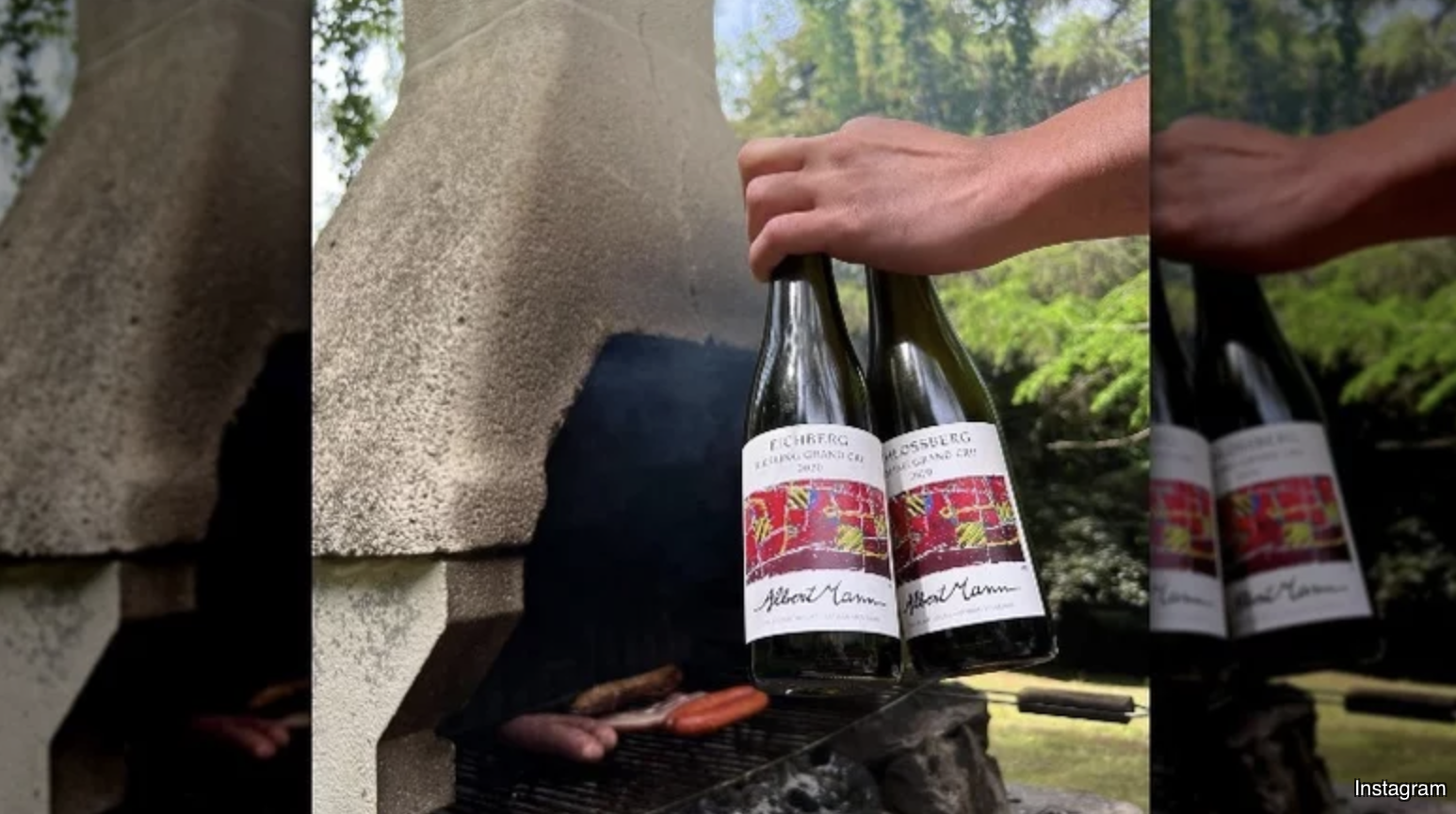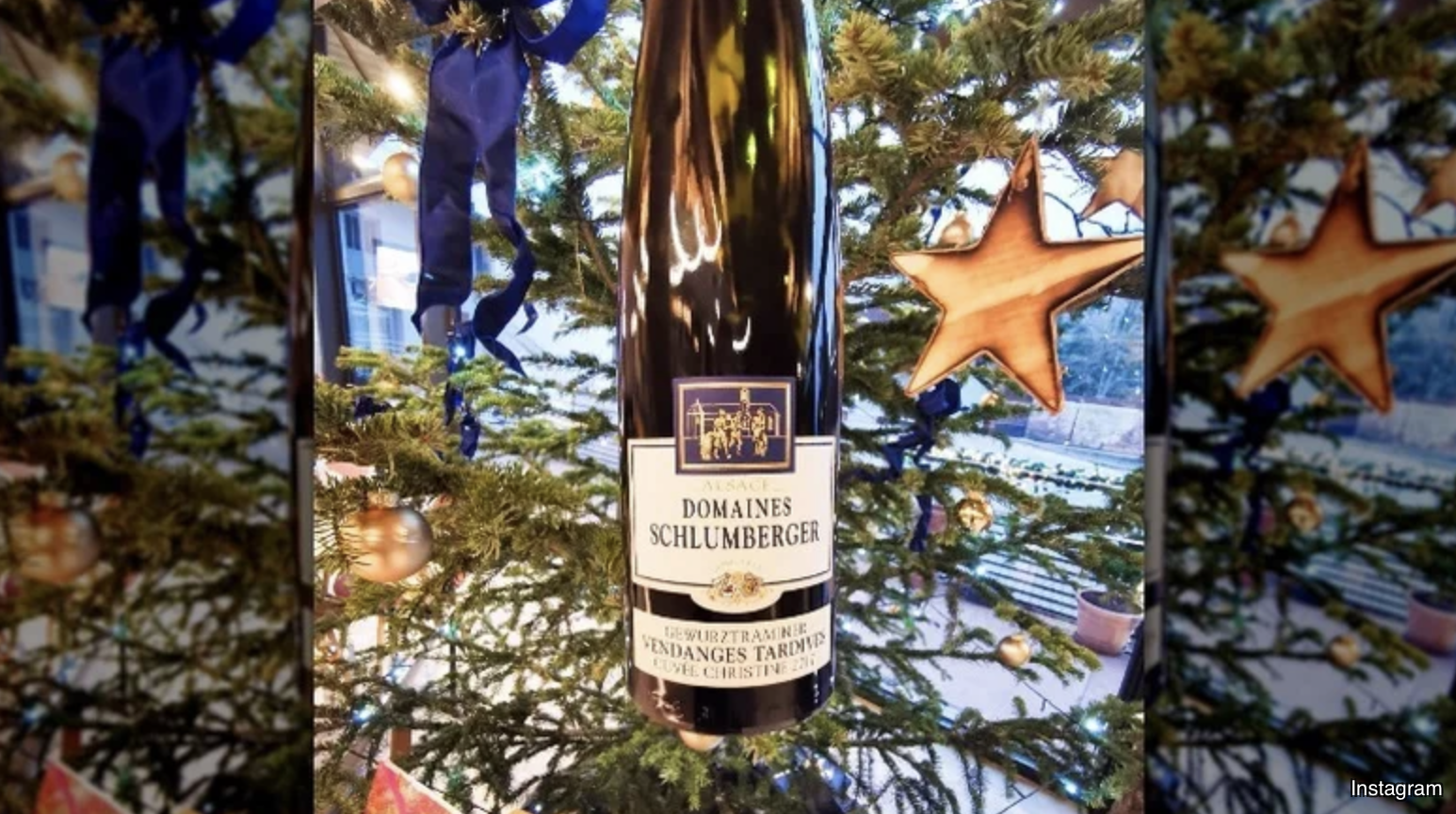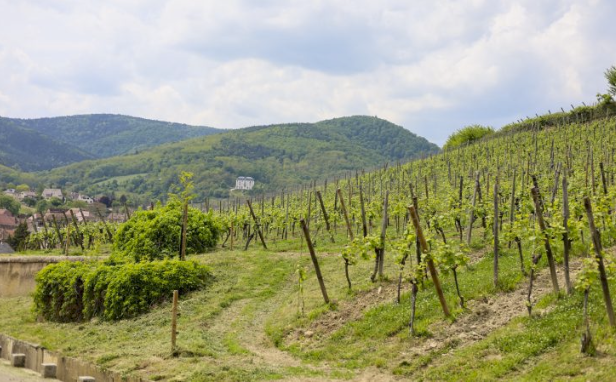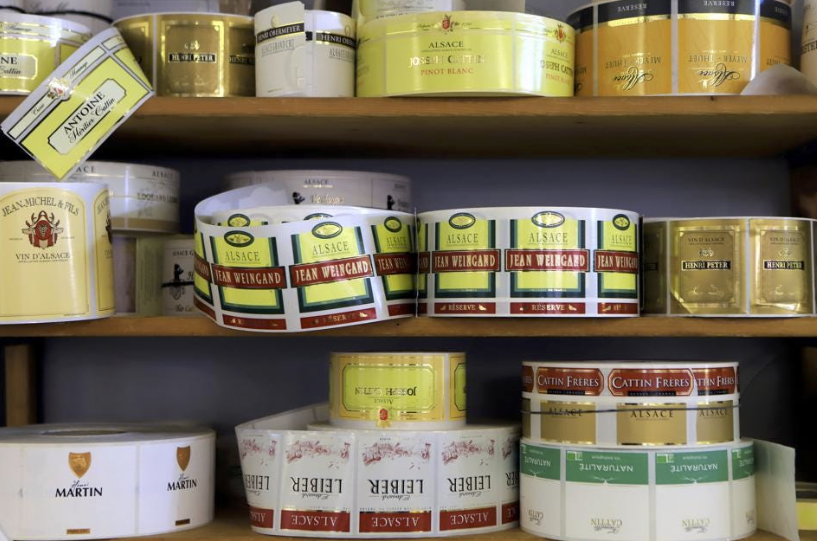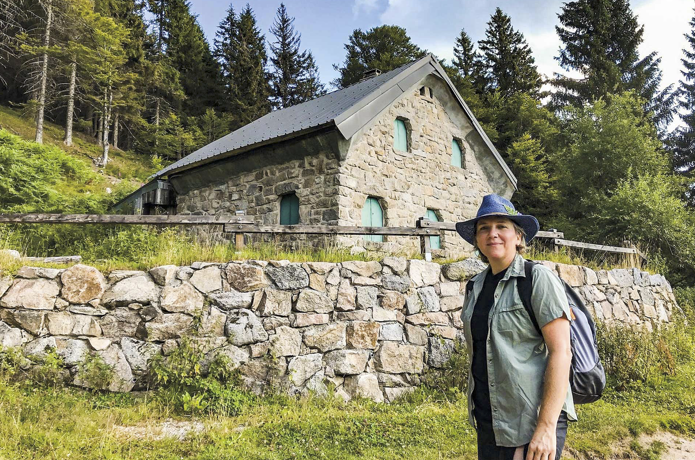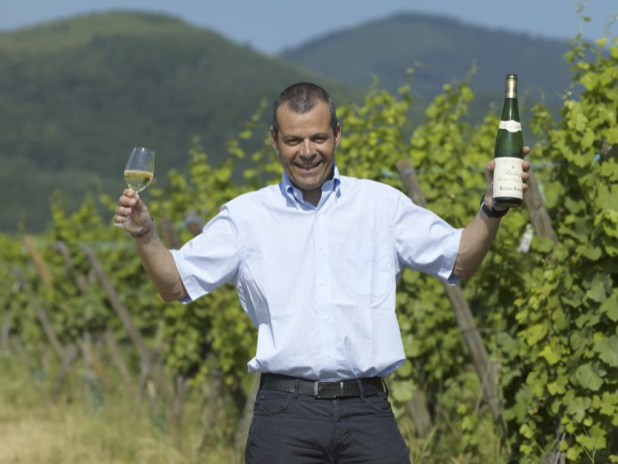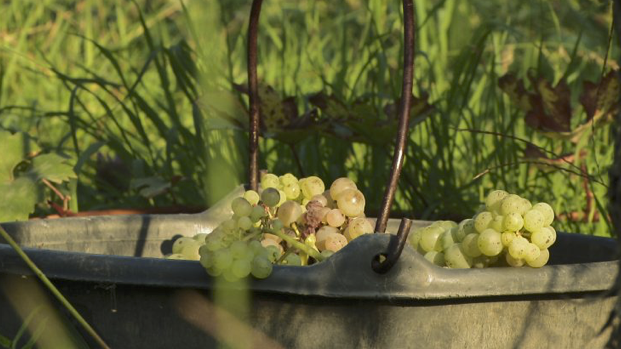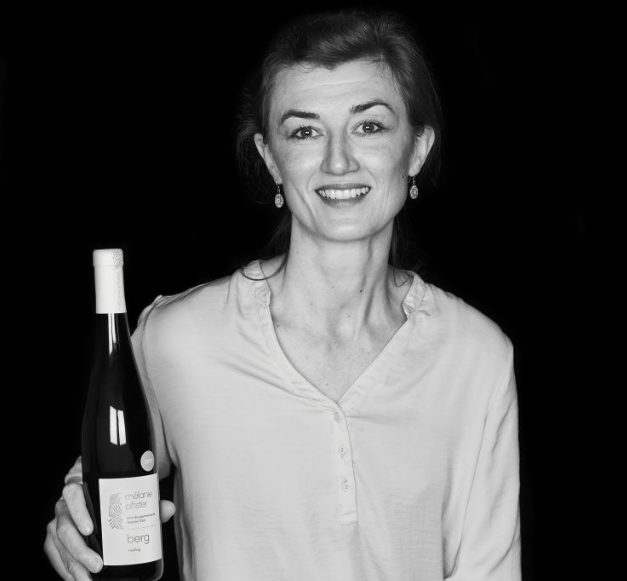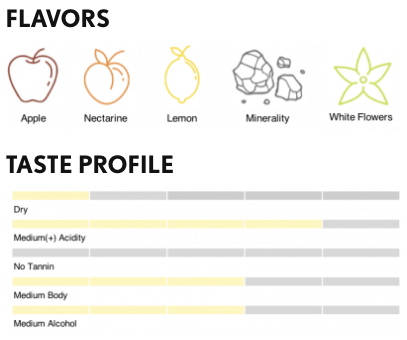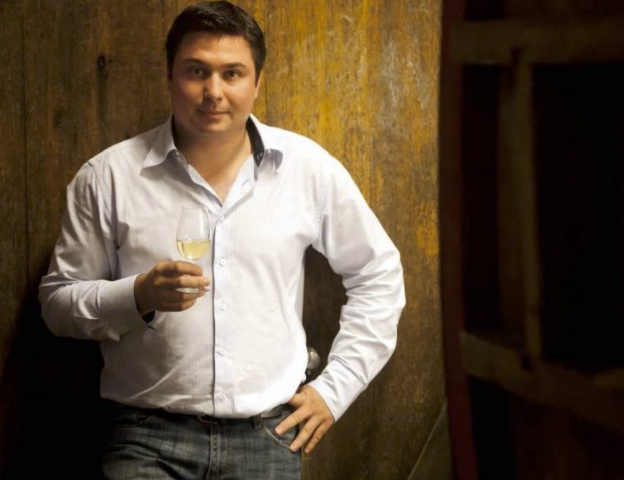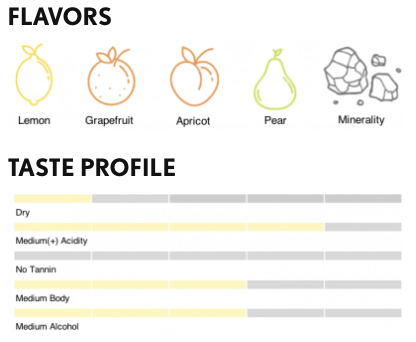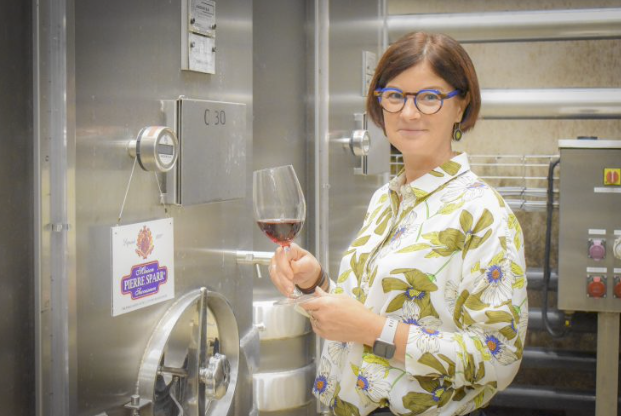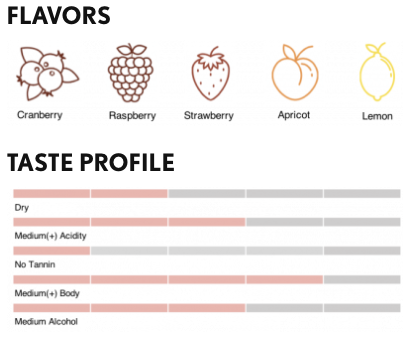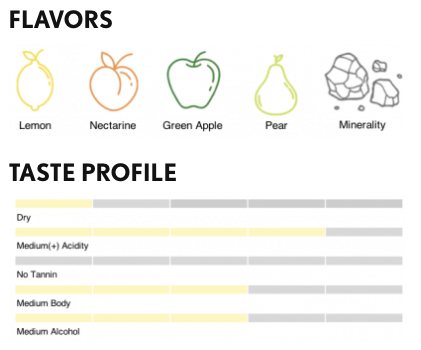Bright, juicy, and easy to drink, Alsatian Pinot Noir belongs on your radar.
Alsatian Pinot Noir is finally stepping into the spotlight. The addition of the red wine grape to the Grand Cru vineyard sites Hengst and Kirchberg de Barr in August 2022 has paved a dazzling road for red wine made in the region historically known for its white wines.
Pinot Noir has grown in Alsace since the Middle Ages. It was often simply referred to as red wine until 1539 when the variety was first identified and recorded as “Pinot Noir” by botanist, theologian, and doctor Jérôme (or Hieronymus) Bock.
In the historically war-torn region of Alsace, Pinot Noir was considered table wine, and subsequently overlooked in the original 1975 decree of the Alsace grand cru designation as well as in later revisions, until the designation changed in 2022.
In the past decade, however, Alsatian winemakers have changed their approach to making Pinot Noir, and are finally giving the variety its due attention. Alexandra Gerteis, a sommelier and owner of Etcetera Wine Bar in San Francisco, loves Pinot Noir from Alsace, describing the wines as “beautiful and delicate” while acknowledging they are “very rare and unknown to the public.”
Fortunately, change is in the air. According to Matthew Kaner, Alsace ambassador at the 2024 Alsace Rocks event in New York City, Pinot Noir is quickly becoming a calling card for the region. Lara Michole Tillotson, sommelier at Gabriel Kreuther in New York City, has noticed an increased presence of what she calls ”interesting, diverse, powerful, and luxurious red wines” from Alsace in the U.S. market.
What does Alsatian Pinot Noir taste like?
Created as a pure expression of the fruit, Alsatian Pinot Noir is generally made in a non-oaked style and is the only red variety allowed to be grown in the regional cru, or vineyard classification system, in Alsace.
These wines are medium-bodied and offer fresh red berry flavors of strawberry, raspberry, and cherry. In examples where some oak is used in the winemaking, the wines are well-balanced and offer warm baking spices on the palate alongside red berry flavors.
Many Alsatian Pinot Noir wines reflect a Burgundian style of winemaking, displaying elegance and power, as well as the ability to age for a decade or two. “Alsatian Pinot Noir delivers unbelievable value when compared to average price points of wines from Burgundy or German Pinot Noir,” says Kaner.
Alsatian wines are leaner than wines from typically warmer regions, like California. They also offer more red berry fruit than the dark, cherry flavors often found in Oregon Pinot Noir.
Crémant d’Alsace rosé, or pink sparkling wine from the region made in the traditional style using 100% Pinot Noir grapes, is a light and lively sparkler with soft aromas of strawberry and cherry blossoms that offers round peach, floral, and raspberry notes on the palate.
Alsatian wines are leaner than wines from typically warmer regions, like California. They also offer more red berry fruit than the dark, cherry flavors often found in Oregon Pinot Noir.
Crémant d’Alsace rosé, or pink sparkling wine from the region made in the traditional style using 100% Pinot Noir grapes, is a light and lively sparkler with soft aromas of strawberry and cherry blossoms that offers round peach, floral, and raspberry notes on the palate.
How to pair Alsatian Pinot Noir with food
There are limitless food pairings for Crémant d’Alsace rosé, and the style works well with everything from light goat cheese and honey to spicy vegetable ramen or sweet and smoky barbeque ribs.
Alsace is undeniably rich in culinary tradition with both French and German influences in its cuisine. Pinot Noir produced in the region pairs tremendously well with hearty local dishes such as tarte flambée and pork charcuterie.
Abe Zarate, head sommelier at Contento in New York City, leans into the pork and Pinot Noir pairing. “The concentration of glossy red fruit in Alsatian Pinot Noir plays beautifully with the smokiness of bacon, spiciness of chorizo, and saltiness of cured meats,” he says.
Hewing to the regional food pairings at Gabriel Kreuther, Tillotson pairs Alsatian Pinot Noir with dishes like duck confit and country sausage. She also recommends pairing Alsatian Pinot Noir with “whatever is coming off the grill.” Gerteis agrees with traditional pairings but also loves to match Alsatian Pinot Noir with dishes like smoked salmon salad with arugula, walnut, and lemon.
With more Alsatian Pinot Noir wines hitting the market, it’s becoming easier to find quality bottles. Here are four producers who offer a magnificent way to taste diverse flavors and styles of Alsatian Pinot Noir.
Albert Mann
Born from the union of two families, Albert Mann is one of the most widely known Alsatian producers imported to the United States. Made with grapes from the Hengst grand cru vineyard, Mann’s Grand H Pinot Noir 2020 is highly recommended by both Tillotson and Zarate. This biodynamic wine offers elegance and power with a profile of woodland strawberries, freshly harvested wild mushrooms, and red raspberries.
Allimant Laugner
A family estate that has produced a range of wines in Alsace for eleven generations, Allimant Laugner’s Crémant d’Alsace Rosé comes recommended by Gerteis. This certified organic Pinot Noir sparkler has lively aromas of juicy watermelon on the nose and notes of fresh summer strawberries on the palate.
Cave de Ribeauville
A cooperative formed by 44 Alsatian wine making families in the aftermath of the Franco-Prussian war, Cave de Ribeauville produces many expressions of Pinot Noir. Their organic Pinot Noir is expressive and complex with fresh red cherry aromas, vanilla, and black cherry on the palate and a velvety finish, while a Crémant d’Alsace Rosé is bright, fresh and bubbly with red berry aromas.
Francois Baur
This small, biodynamic estate is known for planting Pinot Noir in the traditionally white wine Grand Cru vineyard, Brand. From this fruit, the producer creates its Sang du Dragon expression (translating to dragon’s blood), a favorite of Tillotson. Tenacious, low-yield vines on steep slopes provide the base of this Pinot Noir, which offers a full spectrum of crimson cherries and red plums, with a strong backbone and soft oak spice.
